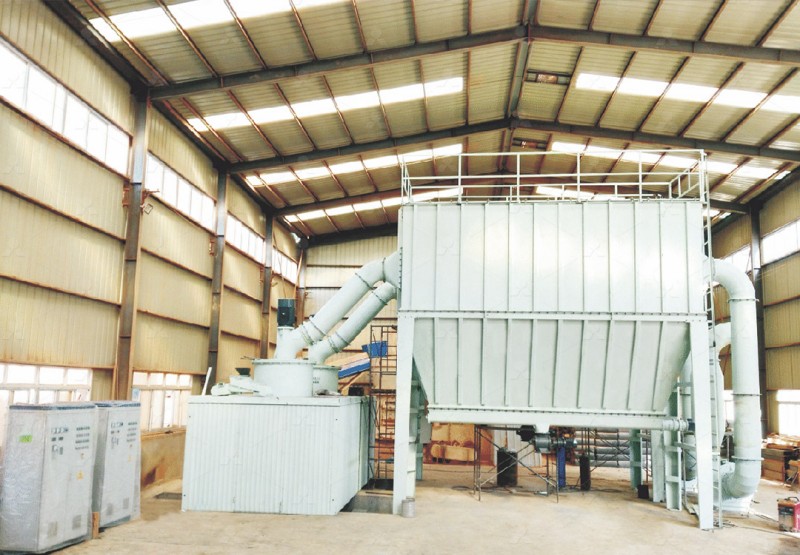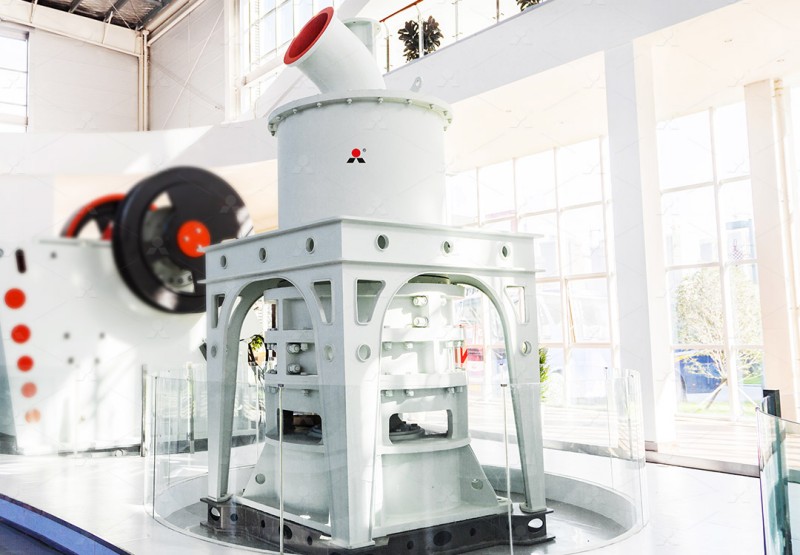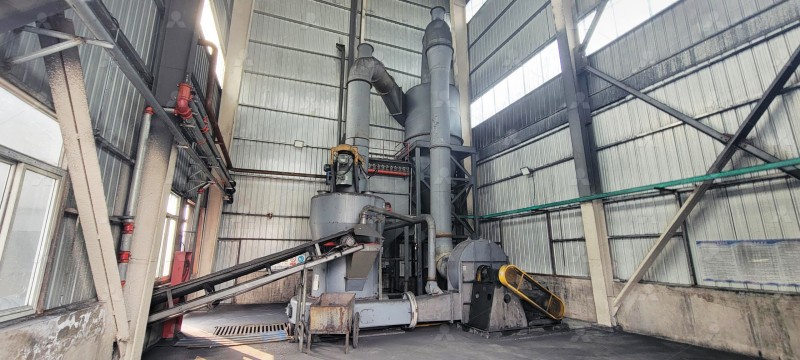Coal Slag Grinding Machine Price: Factors and Cost Analysis
We provide a wide range of mills — including Raymond mill, trapezoidal mill, vertical mill, ultrafine mill, and ball mill, obtained ISO9001 international quality certification, EU CE certification, and Customs Union CU-TR certification. Suitable for processing minerals such as limestone, phosphate, quicklime, kaolin, talc, barite, bentonite, calcium carbonate, dolomite, coal, gypsum, clay, carbon black, slag, cement raw materials, cement clinker, and more.
The discharge range of these mills can be adjusted to meet specific processing needs, typically from 80-400 mesh, 600-3250 mesh, and can achieve the finest particle size of up to 6000 mesh(D50).
If you are looking for a reliable grinding solution to turn stone or minerals into fine powder, please feel free to contact our online customer service.
Coal Slag Grinding Machine Price: Factors and Cost Analysis
When it comes to processing industrial by-products like coal slag, selecting the right grinding equipment is crucial for operational efficiency and profitability. The price of a coal slag grinding machine isn’t just a simple sticker cost; it’s a complex equation influenced by numerous factors. Understanding these can help you make a smarter investment that pays off in the long run.
Key Factors Influencing the Price
1. Capacity and Throughput: This is often the primary driver of cost. Machines are priced according to their capacity, measured in tons per hour (tph). A mill with a 5 tph capacity will naturally have a different price point than an industrial-grade unit handling 50 tph. You must match the machine’s capacity to your production needs to avoid under or over-spending.
2. Technological Level and Features: Basic Raymond mills or ball mills are generally more affordable upfront. However, advanced ultrafine grinding mills with features like integrated drying, automated PLC control systems, high-precision powder selection, and efficient pulse dust collectors command a higher price. This investment, however, is often justified by significantly lower energy consumption, higher yields, and reduced maintenance costs.

3. Material of Construction: Grinding coal slag is an abrasive process. Machines built with high-performance wear-resistant alloys for the grinding rollers and rings will have a higher initial cost but a vastly longer service life, reducing the frequency and cost of replacing vulnerable parts.
4. Degree of Automation: Modern mills offer sophisticated automation for controlling grinding pressure, feed rate, and fineness. This technology improves consistency and reduces labor costs but adds to the initial machine price.
5. Brand and After-Sales Support: Established brands with a proven track record might have slightly higher prices, but this often includes comprehensive technical support, guaranteed supply of genuine spare parts, and reliable warranty services, ensuring worry-free operation.
Beyond the Purchase Price: Total Cost of Ownership
The smartest buyers look beyond the initial purchase price and consider the Total Cost of Ownership (TCO). A cheaper, less efficient machine can become far more expensive due to:
- Energy Consumption: This is the biggest operational cost. An energy-inefficient mill can drain profits through high electricity bills.
- Maintenance and Downtime: Frequent breakdowns and lengthy maintenance shutdowns halt production and incur repair costs.
- Wear Part Replacement: The cost and frequency of replacing rollers, rings, and other wear parts add up quickly.
Recommended Solution: MW Ultrafine Grinding Mill
For operations focused on producing high-value, ultra-fine powder from coal slag, the MW Ultrafine Grinding Mill presents an exceptional balance of performance and cost-effectiveness. It’s engineered for customers who need to make ultra-fine powder between 325-2500 meshes.
Key advantages that impact its value proposition include:
- Higher Yielding, Lower Energy Consumption: Its innovative design offers 40% higher capacity with 30% lower system energy consumption compared to jet mills. This directly translates to a faster return on investment through lower operating costs.
- Eco-Friendly Operation: Equipped with an efficient pulse dust collector and muffler, it operates cleanly and quietly, meeting strict environmental standards and avoiding potential fines.
- Reduced Maintenance Worries: A critical design feature is the absence of rolling bearings and screws in the grinding chamber. This eliminates common failure points and the risk of machine damage from loose screws, drastically reducing maintenance needs and costs.

With an input size of 0-20mm and a capacity range of 0.5-25 tph, the MW Series is versatile enough for various production scales. While its technological sophistication places it in a higher initial investment bracket than basic ball mills, its unparalleled efficiency and low operating costs ensure a superior lifetime value and a lower total cost of ownership.
Conclusion
Investing in a coal slag grinding machine is a significant decision. The price should be evaluated not as a standalone figure but as part of a broader financial picture that includes throughput, technological efficiency, maintenance needs, and energy consumption. By choosing an advanced, reliable solution like the MW Ultrafine Grinding Mill, you are not just buying a machine; you are investing in long-term productivity, sustainability, and profitability for your operation.

